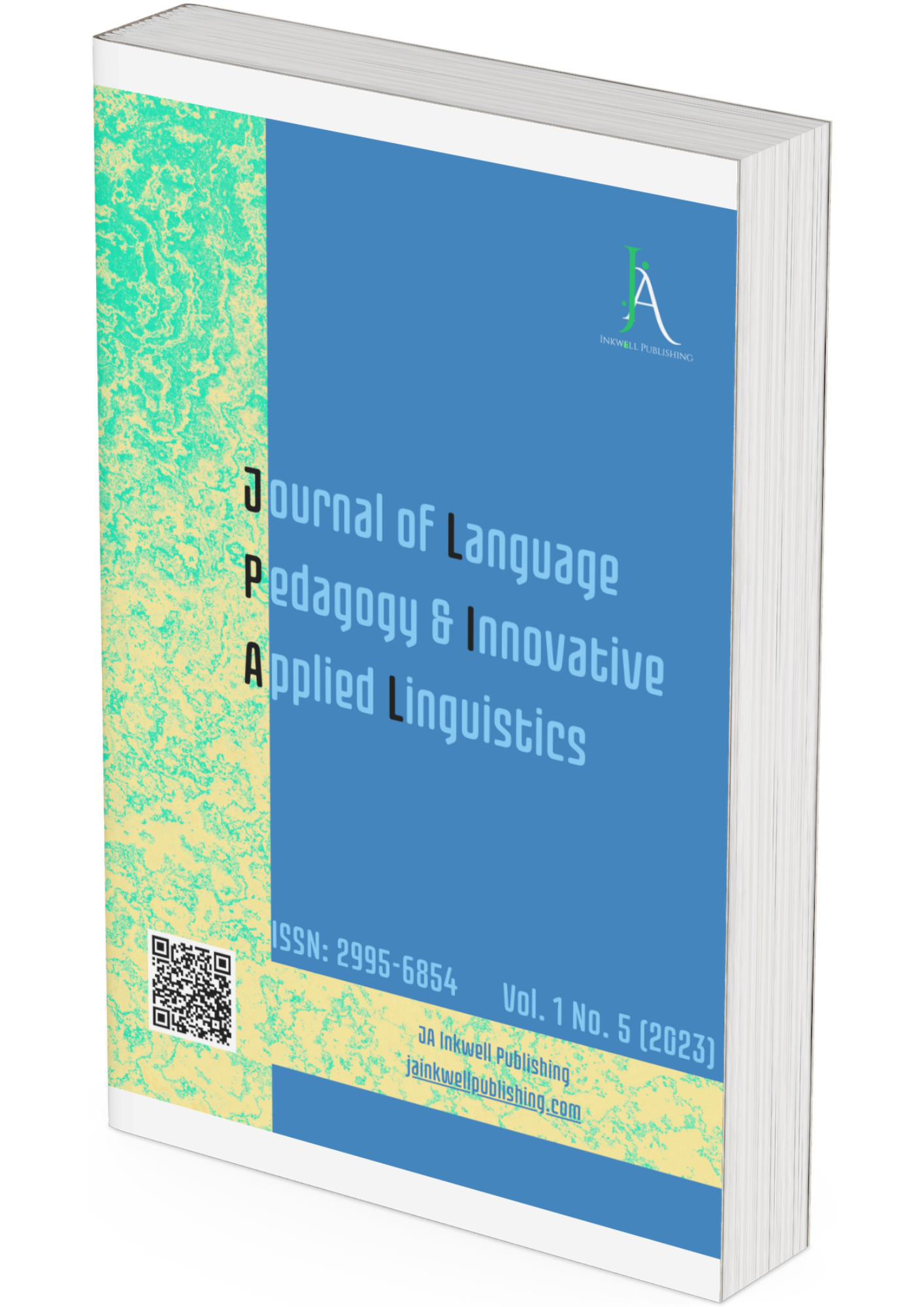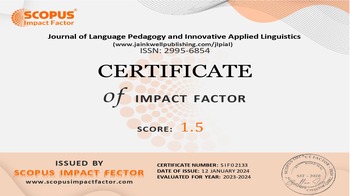The Importance of Neutrality in Linguistics
DOI:
https://doi.org/10.1997/ddqng126Keywords:
neutrality, vagueness, ambiguity, pragmatics, lexical ambiguity, interdeminacy ambiguityAbstract
This article presents the first applications of the concept of neutrality in linguistics, as well as the opinions of a number of scientists on this issue. The importance of neutrality is evident at all language levels, with the exception of the differences between ambiguity and vagueness, as well as its distinctive features and are identified by examples.
Downloads
References
Whitman P. N. Category Neutrality: A Type-Logical Investigation. The Ohio State University. Working Papers in Linguistics. 2002.
Lascarides A., Copestake A., Briscoe T. Ambiguity and coherence. Journal of Semantics, 1996. 13(1), 41-65. https://doi.org/10.1093/jos/13.1.41
Zwicky A. Sadock J. Ambiguity Tests and How to Fail Them // Kimball (ed.). Syntax and Semantics. N. Y.: Academic Press, 1975. Vol. 4. P. 1-36.
Smith N. J. J. Vagueness and degrees of truth. In Oxford University Press eBooks. 2008. https://doi.org/10.1093/acprof:oso/9780199233007.001.0001
Winter-Froemel E. Zirker A. Ambiguity in Speaker-Hearer-Interaction: A Parameter-Based Model of Analysis. In De Gruyter eBooks. 2015. - pp. 283-340. https://doi.org/10.1515/9783110403589-013
Апресян Ю. Лексическая семантика: синонимические средства языка. М.: Наука, 1974.
Bach K. Semantic Non specificity and Mixed Quantifiers // Linguistics and Philosophy. 1982. № 4. Р. 593-605.
Keefe, Rosanna and Peter F. Smith. “Vagueness: A Reader.” MIT Press. 1999.
Paul Egré & Klinedinst Nathan. Vagueness and Language Use, Palgrave Studies in Pragmatics, Language and Cognition. Palgrave Macmillan. 2011.- 331 p.
Downloads
Published
Issue
Section
License
Copyright (c) 2023 Alisher Nabiev (Author)

This work is licensed under a Creative Commons Attribution 4.0 International License.












